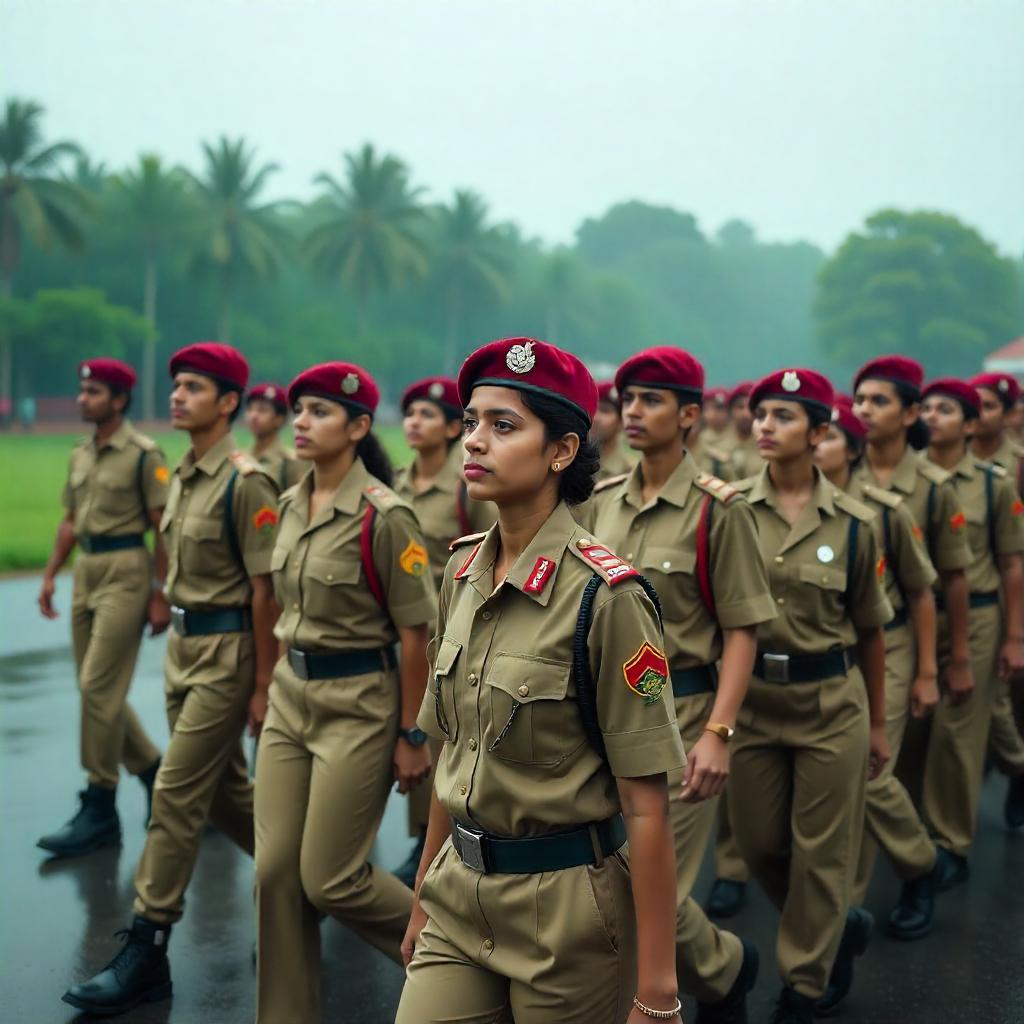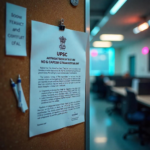A career in defence is more than just a job—it’s a commitment to serve the nation with pride, discipline, and honor. For many, joining the armed forces is a lifelong dream rooted in patriotism, adventure, and a desire to make a difference. Whether you’re in school, college, or a working professional considering a shift, the defence sector offers diverse opportunities across the Army, Navy, Air Force, and other paramilitary forces.
This guide will help you understand how to start a career in defence, including eligibility, preparation strategies, and key exams to crack.
Step 1: Understand the Various Defence Career Paths
Defence careers in India are available under several wings:
- Indian Army: Ground-based operations.
- Indian Navy: Maritime defence and naval operations.
- Indian Air Force: Air combat and aerial surveillance.
- Coast Guard & Paramilitary Forces: Border security and disaster response.
Each force has its own recruitment process for officers, soldiers, sailors, airmen, and technical staff.
Step 2: Know the Entry Points
Here are some common ways to enter the defence forces:
After 10+2:
- NDA (National Defence Academy) – Conducted by UPSC, for Army, Navy, and Air Force.
- TES (Technical Entry Scheme) – For students with Physics, Chemistry, and Mathematics.
After Graduation:
- CDS (Combined Defence Services) – UPSC exam for entry into IMA, INA, AFA, and OTA.
- AFCAT (Air Force Common Admission Test) – For flying, technical, and ground duties in IAF.
- NCC Special Entry – For NCC ‘C’ certificate holders.
- University Entry Scheme (UES) – Campus selection for final-year engineering students.
For Technical Roles:
- SSC Technical Entry – For engineers to join as officers.
- TGC (Technical Graduate Course) – For postgraduate engineering candidates.
Step 3: Meet the Eligibility Criteria
Each defence exam has specific requirements. Some general eligibility guidelines include:
- Nationality: Indian citizen or eligible as per the recruitment notice.
- Age Limit: Typically ranges from 16.5 to 27 years, depending on the entry.
- Educational Qualification: Varies based on the entry route.
- Medical & Physical Fitness: Defence services have strict physical standards and medical fitness requirements.
Step 4: Prepare for the Written Exams and SSB Interview
Most defence entries include a written exam followed by the SSB (Services Selection Board) interview, a five-day assessment covering psychology, group tasks, and personal interviews.
Preparation Tips:
- Study Current Affairs and General Knowledge regularly.
- Improve physical fitness for rigorous medical and physical tests.
- Practice written exams with previous year papers (especially for NDA and CDS).
- Join coaching or mock interview sessions for SSB preparation.
Step 5: Stay Updated with Notifications
Keep an eye on official recruitment websites for exam dates and application deadlines:
- UPSC – https://upsc.gov.in
- Join Indian Army – https://joinindianarmy.nic.in
- Indian Navy – https://www.joinindiannavy.gov.in
- Indian Air Force – https://afcat.cdac.in
Resources:
- UPSC NDA & CDS Notifications
- SSB Interview Preparation Guide – Major Kalshi Classes
- Official Indian Army Recruitment Portal
Disclaimer:
This blog is for informational purposes only. Eligibility criteria, exam schedules, and recruitment processes are subject to change. Please refer to official defence recruitment portals for the most accurate and updated information. Always consult a career advisor for personalized guidance.








